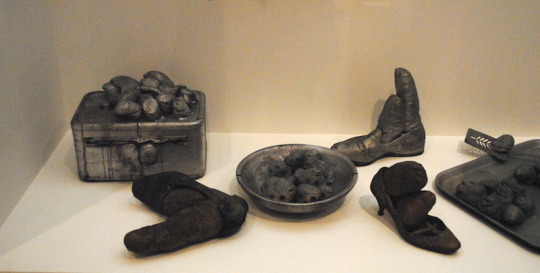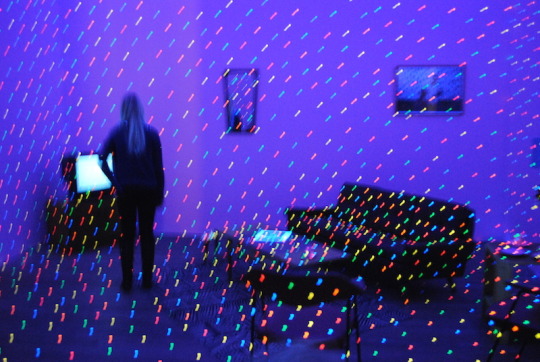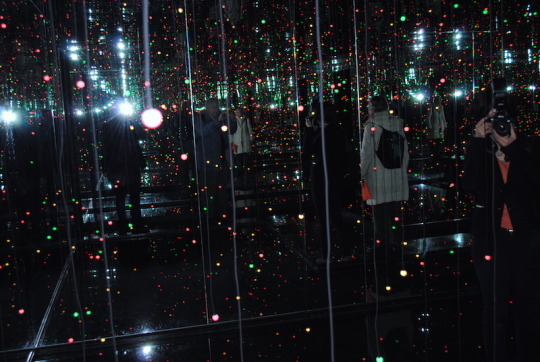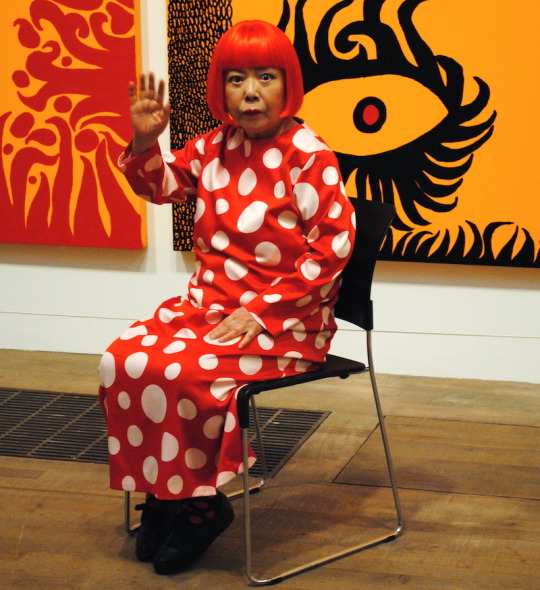Yayoi Kusama was born in Matsumoto, Japan in 1929. Her early career saw her train in traditional Japanese painting while also exploring the European and American avant-garde. In the late 1950s, Kusama moved to the United States and established herself at the epicentre of the New York art scene. There, her radical approach to sculpture and installation are believed by many to have been highly influential on artists such as Andy Warhol and Claus Oldenburg. The exhibition will include Aggregation: One Thousand Boats Show 1963, her first room installation, and a significant selection of her classic ‘Sex Obsession’ and ‘Food Obsession’ Accumulation Sculptures dating from 1962-68.

During in the 1960s, Kusama moved on to installations, films, performances and ‘happenings’, as well as devoting more and more of her time to political actions, counter-cultural events, fashion design and publishing. The exhibition will include Kusama’s iconic film Kusama’s Self-Obliteration 1968, capturing this period of performative experimentation, and an extensive selection of archive material that reveal how Kusama’s artistic activity extended beyond the bounds of the gallery. In 1973 Kusama returned to Japan for good, and began to create vibrant collages while also forging a parallel career as a poet and novelist.

“When I create my work, I’m not forcing to bring the polka dots into it. Subconsciously, it became polka-dots always by itself.” “[The mirror room] gives us the sense of the infinite existence of electronic polka-dots. I looked at the piece, and I thought that this is fantastic and I became a fanatic fan of the work.”

“After all, well, moon is a polka dot, sun is a polka dot, and then, the earth where we live is also a polka dot.”

“My art originates from hallucinations only I can see. I translate the hallucinations and obsessional images that plague me into sculptures and paintings. All my works in pastels are the products of obsessional neurosis and are therefore inextricably connected to my disease. I create pieces even when I don’t see hallucinations, though.”

“Because my mother was so vehemently against my becoming an artist, I became emotionally unstable and suffered a nervous breakdown. It was around this time, or in my later teens, that I began to receive psychiatric treatment. By translating hallucinations and fear of hallucinations into paintings, I have been trying to cure my disease.”
“I left Japan determined to live and die in the United States. I would not have had to return to Japan, even temporarily, if my Japanese doctor in New York had given me surgical treatment early enough. Now, without realising it, I have been in this mental hospital for 20-some years. I live a peaceful life creating artwork.”

As has been central to her practice as well as her character, she defies conventions and appears to work more intuitively. Although her work has been linked to elements of surrealism, minimalism, feminism, and other such named movements, she invents her own pictorial language. Kusama stands alone as a frontiers-woman, a pioneer.
All Photos P C Robinson © Artlyst 2016

